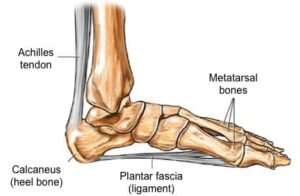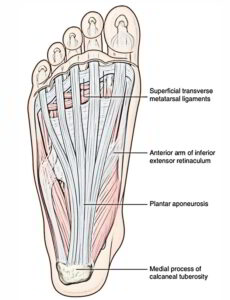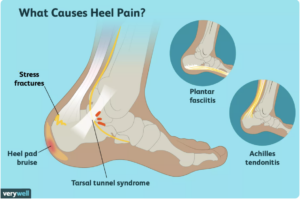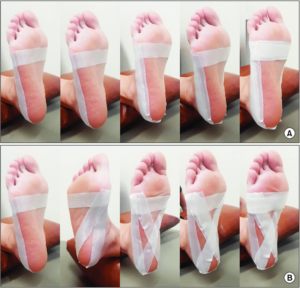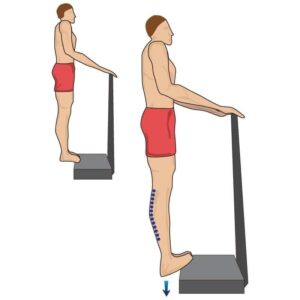Striding into Summer: A Sports Podiatrist’s Guide to Getting into Running Safely
Striding into Summer: A Sports Podiatrist's Guide to Getting into Running Safely
As the summer sun graces us with its warmth and vitality, many individuals feel the call to embrace a more active lifestyle. For those considering taking up running as their chosen form of exercise, it’s crucial to approach this endeavor with care, especially when it comes to foot health. In this blog post, we’ll explore the key aspects of getting into running from a sports podiatry perspective, ensuring that your summer stride is not only enjoyable but also safe and sustainable.
Choosing the Right Footwear:
One of the first steps towards a successful running journey is investing in the right pair of running shoes. Sports podiatrists emphasize the importance of proper footwear to support the unique biomechanics of each individual’s feet. Visit a specialty running store where knowledgeable staff can analyze your gait and recommend shoes that provide the right combination of support, cushioning, and stability. Ill-fitting shoes can lead to a myriad of foot issues, from blisters to more serious conditions like plantar fasciitis.
Some of our current favourite running shoes are the Brooks Glycerin GTS 21, Saucony Endorphin Speed 4 and the Altra Fwd Via.
Gradual Progression:
In the enthusiasm of starting a new fitness routine, it’s easy to overexert oneself. Sports podiatrists stress the significance of a gradual approach to prevent injuries. Begin with a mix of walking and jogging, allowing your body, especially your feet, to adapt to the new stress. This progressive method reduces the risk of overuse injuries such as stress fractures or tendonitis, common pitfalls for newcomers to running.
Proper Warm-Up and Cool Down:
Prior to hitting the pavement, it’s essential to warm up your muscles and joints. Dynamic stretches like leg swings and hip circles can enhance flexibility and reduce the likelihood of strain. After your run, perform static stretches to improve flexibility and aid in muscle recovery. A sports podiatrist can recommend specific stretches targeting the muscles and tendons in your feet, ankles, and lower legs.
Listen to Your Body:
Sports podiatrists often advocate for a mindful approach to running. Pay attention to any discomfort, pain, or changes in your gait. Addressing minor discomfort early can prevent it from developing into a more serious injury. If you experience persistent pain, it’s advisable to consult with a sports podiatrist who can assess your condition and provide tailored advice.
Cross-Training for Foot Health:
Running can place repetitive stress on certain muscles and joints, potentially leading to imbalances and injuries. To mitigate these risks, incorporate cross-training activities into your fitness routine. Swimming, cycling, or strength training can help strengthen supporting muscles and give your feet a break from the impact of running.
Foot Care Routine:
Maintaining proper foot hygiene is paramount for runners. Regularly inspect your feet for blisters, calluses, or any signs of irritation. Keep your toenails trimmed and invest in moisture-wicking socks to prevent fungal infections. If you notice any abnormalities or persistent issues, consult with a sports podiatrist for personalized guidance.
Conclusion:
Embarking on a running journey this summer can be a fulfilling and invigorating experience when approached with care and consideration for your foot health. By choosing the right footwear, progressing gradually, warming up and cooling down effectively, listening to your body, cross-training wisely, and maintaining a dedicated foot care routine, you can ensure that your summer stride is both enjoyable and sustainable. For personalized advice and guidance, don’t hesitate to consult with a sports podiatrist who can support you on your path to becoming a happy and healthy runner.











